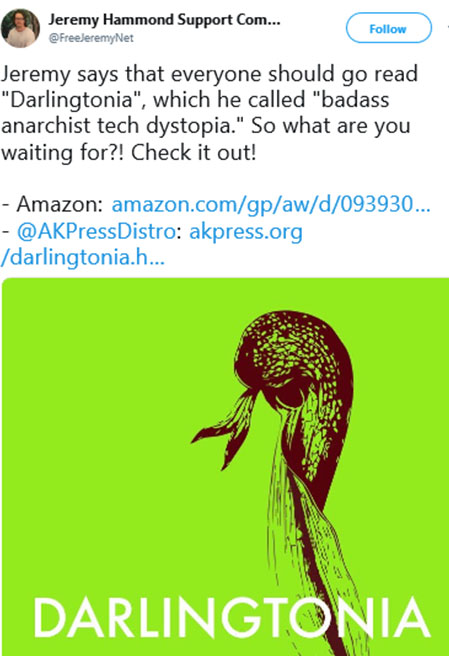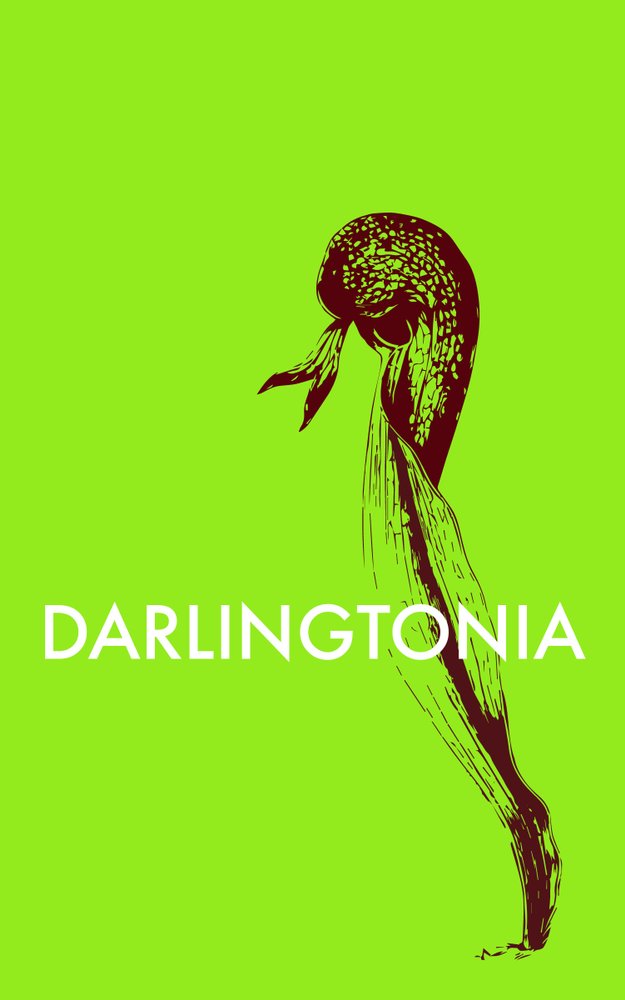
PS: Don’t buy from Amazon, buy it from the publisher [Detritus Books]
Another obstacle for the hacker movement, as every new meeting of the Chaos Computer Club demonstrates, is in managing to draw a front line in its own ranks between those working for a better government, or even the government, and those working for its destitution. The time has come for taking sides. It’s this basic question that eludes Julian Assange when he says: “We high-tech workers are a class and it’s time we recognize ourselves as such.” France has recently exploited the defect to the point of opening a university for molding “ethical hackers”. Under DCRI supervision, it will train people to fight against the real hackers, those who haven’t abandoned the hacker ethic.
These two problems merged in a case affecting us. After so many attacks that so many of us applauded, Anonymous/LulzSec hackers found themselves, like Jeremy Hammond, nearly alone facing repression upon getting arrested. On Christmas day, 2011, LulzSec defaced the site of Strafor, a “private intelligence” multinational. By way of a homepage, there was now the scrolling text of The Coming Insurrection in English, and $700,000 was transferred from the accounts of Stratfor customers to a set of charitable associations – a Christmas present. And we weren’t able to do anything, either before or after their arrest. Of course, it’s safer to operate alone or in a small group – which obviously won’t protect you from infiltrators – when one goes after such targets, but it’s disastrous for attacks that are so political, and so clearly within the purview of global action by our party, to be reduced by the police to some private crime, punishable by decades of prison or used as a lever for pressuring this or that “Internet pirate” to turn into a government snitch.
Invisible Committee, October 2014





